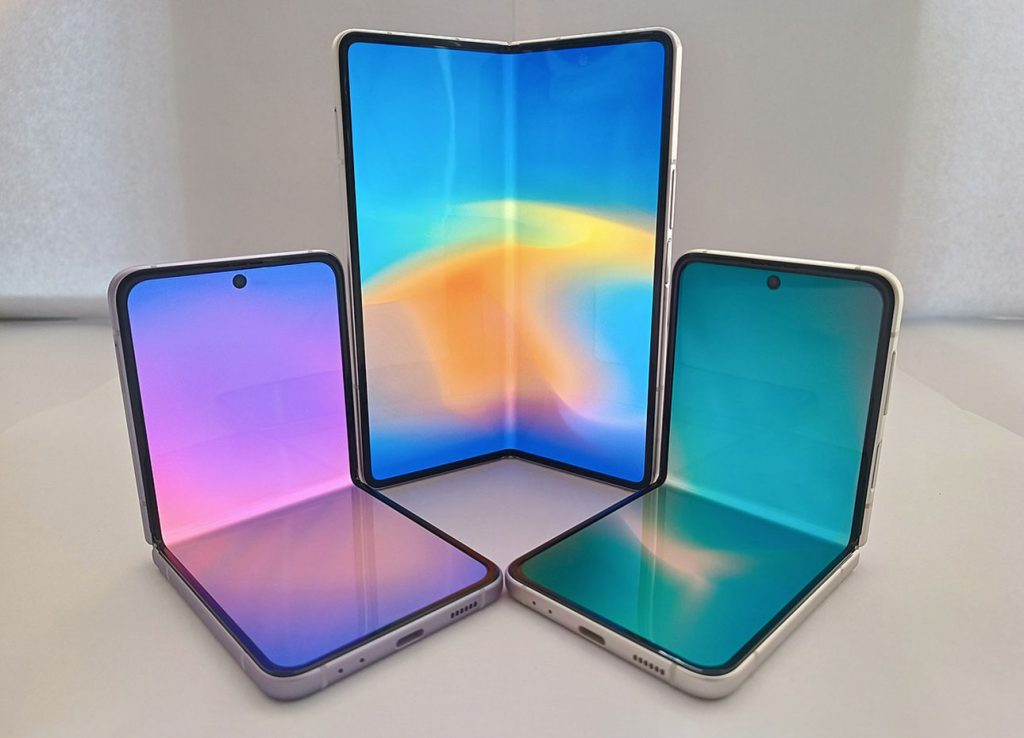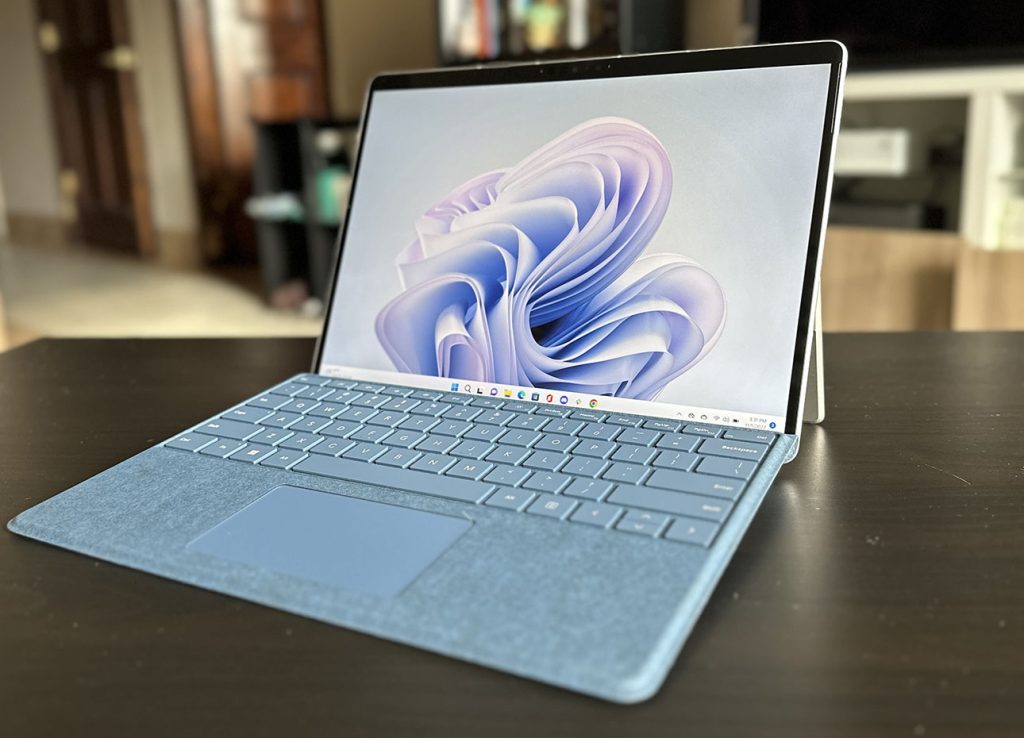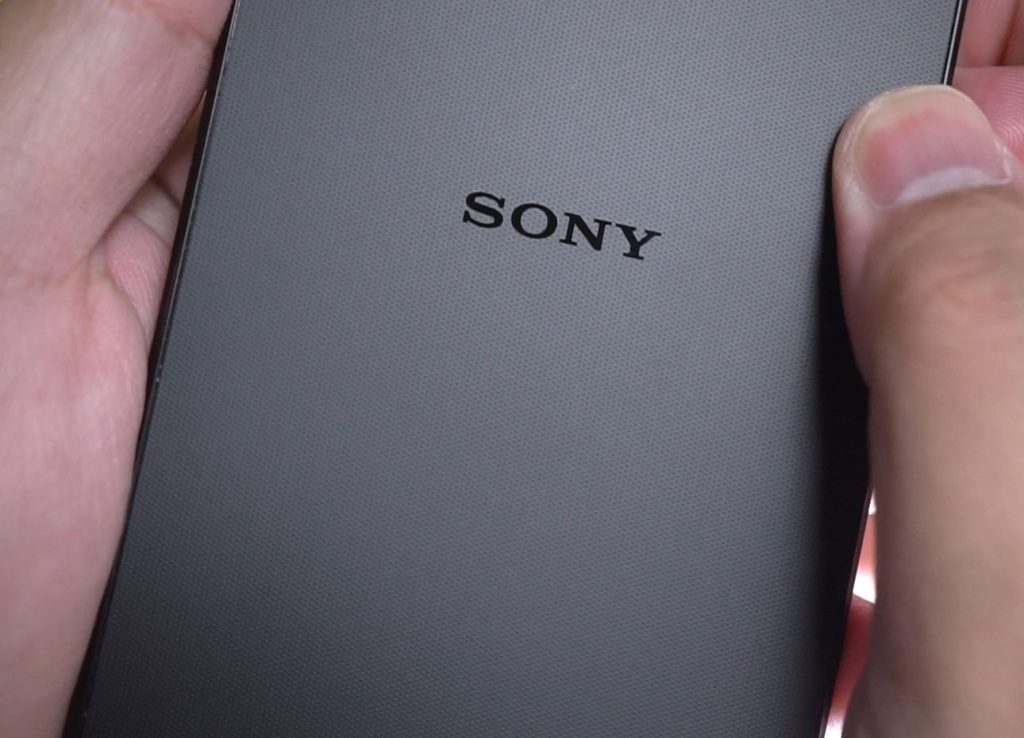
Flexible Futures: Understanding Foldable and Rollable Screens in Smartphones
In the landscape of mobile phone technology, the evolution of displays has been a significant and fascinating journey. From the initial days of monochrome screens to the era of vibrant touchscreens, the evolution has been remarkable. However, the recent introduction of foldable and rollable screens has ignited a new wave of innovation in the smartphone industry.
The history of mobile phone displays has witnessed several milestones. It all began with basic monochromatic displays in the early mobile phones, evolving gradually into color screens that offered improved visual experiences. The introduction of touchscreens revolutionized the way users interacted with their devices, paving the way for a more intuitive and responsive user experience.
With each iteration, manufacturers sought to enhance the visual and interactive aspects of smartphones. High-resolution displays, OLED technology, and bezel-less designs became the norm, offering users sharper images, vibrant colors, and immersive viewing experiences.
However, the latest breakthroughs in display technology have ushered in a new era. Foldable and rollable screens represent a leap forward, challenging the conventional form factor of smartphones. These technologies offer the promise of flexible, adaptable displays that can transform a phone from a compact device to a larger screen for improved multitasking or immersive content consumption.
Foldable screens allow users to expand their device’s screen size significantly when needed, providing a tablet-like experience that can be conveniently folded back into a pocketable form. On the other hand, rollable screens, although in their nascent stages, hold the potential to offer a seamless expansion of screen real estate by unrolling the display horizontally or vertically.
These innovations mark a significant paradigm shift in smartphone design, promising versatility and functionality that could redefine how users engage with their devices. The convergence of cutting-edge technology and consumer demand for more adaptable and versatile devices has propelled the industry into a new era of possibilities, where the boundaries of smartphone displays are continuously expanding.
Understanding Foldable Screens: Revolutionizing Smartphone Displays
Foldable screen technology represents a significant leap in the evolution of smartphone displays. Unlike traditional rigid screens, foldable displays incorporate innovative mechanics that allow the screen to bend without damaging the display. These screens typically use flexible OLED panels, which are capable of bending without affecting the display’s functionality.
The mechanics of foldable screens involve complex layers of flexible materials that allow the display to fold or unfold smoothly. This technology integrates advanced polymers, thin layers of metal, and other flexible materials that can bend without breaking, offering users the ability to transform their device from a standard-sized phone into a larger tablet-like screen.
First-generation foldable smartphones, introduced by leading tech companies, such as Samsung, Huawei, and Motorola, set the stage for this revolutionary display technology. Devices like the Samsung Galaxy Fold, Huawei Mate X, and Motorola Razr redefined the conventional smartphone form factor, offering users a glimpse into a future where versatility meets functionality.
These early foldable devices aimed to provide users with larger screen real estate without compromising portability. The Galaxy Fold, for instance, unfolds to reveal a tablet-sized screen, allowing users to multitask, enjoy media content, or engage in productivity tasks more efficiently. The Huawei Mate X took a different approach with an outward-folding display, providing users with a large screen on the exterior.

Advantages and Challenges of Foldable Screens: Unveiling the Potential
The introduction of foldable screens brings forth numerous advantages. One of the most prominent benefits is the ability to offer users a compact smartphone that, when unfolded, transforms into a larger display for enhanced productivity or immersive entertainment experiences. These devices bridge the gap between smartphones and tablets, catering to users who seek versatility in their devices.
Additionally, foldable screens pave the way for innovative multitasking experiences. Users can effortlessly run multiple apps side by side or seamlessly transition between different modes, enhancing productivity and user interaction.
However, challenges persist in the realm of foldable screens. Durability remains a significant concern as these displays, being relatively new, face scrutiny regarding their long-term reliability. Issues such as creasing on the display, potential damage from dust or debris, and hinge mechanisms require further refinement to ensure a robust and durable user experience.
Moreover, the cost of foldable smartphones tends to be higher compared to traditional smartphones due to the complexity of the technology involved. Achieving durability while maintaining affordability remains a challenge for manufacturers.
Design complexities also pose a challenge. Ensuring sleek and ergonomic designs without compromising functionality or structural integrity requires meticulous engineering, adding complexity to the manufacturing process.
Noteworthy Foldable Phones in the Market: Exploring Options and Features
Several notable foldable smartphones have emerged, each offering unique features and design elements. The Samsung Galaxy Z Fold series remains a front-runner, evolving with each iteration to refine the foldable experience. These devices combine flagship-level specifications with a versatile foldable display, catering to users seeking premium experiences.
Huawei’s Mate X series showcases an outward-folding design, allowing for a seamless transition from a compact phone to a larger screen, offering an immersive viewing experience. Meanwhile, Motorola’s Razr series incorporates a nostalgic design reminiscent of the iconic Razr flip phone while integrating a foldable OLED display within a clamshell form factor.
Each foldable phone in the market aims to address the evolving demands of consumers by offering enhanced productivity, immersive entertainment, and a unique user experience. The competition among manufacturers continues to drive innovation, resulting in newer models with improved durability, better hinge mechanisms, and enhanced functionality.
As technology matures and manufacturers address durability concerns, foldable screens are poised to become an integral part of the smartphone landscape, offering users unparalleled flexibility and functionality.
The Emergence of Rollable Screens: Unveiling a New Era in Smartphone Displays
Rollable screen technology represents the next frontier in the evolution of smartphone displays, offering a different approach compared to foldable screens. While foldable screens bend inwards or outwards, rollable screens entail a display that can be extended or retracted, much like rolling out a scroll.
In contrast to foldable screens, which typically fold at a hinge, rollable screens rely on innovative mechanisms that allow the display to expand or contract smoothly. This technology utilizes flexible OLED panels that can be rolled or unfurled, offering users the ability to adjust the screen size as needed.
Rollable screens differ significantly in design and usage from foldable screens. Instead of a traditional smartphone that transforms into a tablet-like form factor, rollable screens offer the flexibility to adjust the display size within the confines of a single device. This approach allows for incremental screen size adjustments, catering to users’ preferences without the need for a significant form factor change.
Potential Applications and Benefits of Rollable Screens: Paving the Way for Versatile Displays
Rollable screen technology introduces a myriad of possibilities and benefits. One of the primary advantages is the adaptability and versatility it offers to users. With rollable screens, users can adjust the screen size based on their specific needs, whether it’s for browsing, content consumption, or productivity tasks.
The ability to expand or retract the display provides a more customizable experience, enabling users to strike a balance between portability and screen real estate. This adaptable nature of rollable screens opens avenues for innovative designs that offer a wider range of applications across various use cases.
Rollable screens could potentially reshape smartphone design by offering a solution that addresses the challenge of achieving larger screens without compromising the device’s portability. This technology paves the way for smartphones that can adapt to users’ preferences, delivering a more personalized experience.
Furthermore, rollable screens may lead to advancements in multi-tasking capabilities. Users can adjust the screen size to accommodate multiple apps simultaneously, improving productivity and enhancing the overall user experience.
However, challenges such as ensuring durability, developing reliable mechanisms for extending and retracting the screen, and addressing technical complexities remain areas of focus for manufacturers looking to implement rollable screen technology.
Despite these challenges, the versatility, adaptability, and potential applications of rollable screens make them an exciting prospect for the future of smartphone displays. As technology continues to evolve and manufacturers refine rollable screen implementations, they may become a significant innovation, offering users a new level of flexibility and functionality in smartphone design.
Challenges and Future Prospects of Rollable Screens: Navigating Technical Hurdles for Evolution
Rollable screens, while promising, encounter a range of technical challenges that impede their widespread adoption. The fundamental challenge revolves around ensuring the durability and reliability of the flexible OLED panels used in rollable displays. These panels must endure frequent rolling and unrolling without suffering from wear and tear that could lead to screen damage or malfunction over time.
Additionally, manufacturers need to engineer sturdy mechanisms that facilitate the smooth extension and retraction of the display. The mechanical components and the system enabling this functionality must maintain precision and robustness in their operation to ensure consistent and reliable performance.
Moreover, the complexity of the manufacturing process and the high cost of producing rollable screens pose significant barriers to mass production. The intricate nature of these displays demands meticulous manufacturing techniques and specialized materials, which can contribute to elevated production costs. As a result, these costs are then passed on to consumers, limiting the affordability and accessibility of rollable smartphones in the market.
Looking forward, the future prospects of rollable screens are both intriguing and challenging. Technological advancements and continuous research and development efforts are crucial in overcoming these obstacles. Manufacturers are working tirelessly to refine the design, materials, and mechanisms used in rollable screens, aiming to enhance durability, reduce production costs, and improve overall performance.
Market Impact and Consumer Reception: Shaping the Future Landscape of Smartphone Displays
Foldable and rollable smartphones have garnered significant attention, offering a glimpse into the future of mobile device design. The initial reception among consumers for these innovative devices has been a mix of curiosity, excitement, and cautiousness.
While these groundbreaking technologies capture the imagination with their transformative potential, they also face skepticism and apprehension due to concerns about durability, practicality, and cost. Early adopters have been attracted by the novelty and versatility of these devices, appreciating the expanded screen real estate and unique form factors they offer.
However, mass adoption of foldable and rollable smartphones hinges on several factors, including the resolution of technical challenges, refinement of the user experience, and competitive pricing. As technology matures and manufacturers address these challenges, the market for foldable and rollable smartphones is expected to grow.
Industry analysts predict that these devices will gain traction, albeit gradually, among tech enthusiasts and professionals who prioritize innovation and seek devices that offer cutting-edge features. Additionally, as manufacturing processes become more streamlined and production costs decrease over time, wider accessibility and affordability could drive increased adoption among mainstream consumers.
The evolution of foldable and rollable screens is poised to influence the future landscape of smartphone displays, potentially reshaping the way users interact with and perceive mobile devices. As advancements continue and challenges are overcome, these innovative display technologies are expected to carve a significant niche in the smartphone market, offering users a new realm of possibilities in terms of design, functionality, and user experience.
Technology’s Evolution and the Next Frontier: Paving the Path for Future Innovations

The introduction of foldable and rollable screens signifies a remarkable leap in mobile technology, setting the stage for a new era of innovation and possibilities. These disruptive advancements represent a pivotal point in the evolution of smartphone displays, propelling the industry towards uncharted territories.
Foldable screens, with their ability to seamlessly transition between a compact form and an expanded tablet-like display, herald a paradigm shift in device form factors. They reimagine the traditional boundaries of smartphones, offering users a novel and versatile experience previously unattainable with rigid, single-screen devices. Concurrently, rollable screens introduce a different approach, promising a flexible and expandable display that can be adjusted to varying sizes, providing an adaptive and customizable user interface.
As these technologies continue to evolve, the future holds the promise of even more groundbreaking advancements. The refinement of materials and mechanisms used in foldable and rollable screens is anticipated to improve durability and reliability significantly. Engineers and innovators are actively exploring thinner and more resilient materials that can endure the rigors of constant folding and rolling without compromising functionality or screen quality.
Additionally, research and development efforts are focused on enhancing the user experience by refining hinge mechanisms, optimizing software interfaces, and integrating innovative features. Augmented reality (AR) and enhanced multitasking capabilities are areas of interest, presenting exciting prospects for immersive user experiences and increased productivity.
Furthermore, the integration of advanced technologies, such as flexible batteries and improved manufacturing processes, holds promise for slimmer and more energy-efficient devices. These advancements are pivotal in addressing concerns related to device weight, thickness, and power consumption, paving the way for more ergonomic and environmentally sustainable solutions.
Unveiling a Transformative Era in Mobile Technology
These innovative technologies redefine conventional norms and challenge the status quo, ushering in a new era characterized by adaptability, versatility, and user-centric design.
While facing initial challenges related to durability, cost, and technological limitations, foldable and rollable screens demonstrate immense potential to revolutionize the way we perceive and interact with smartphones. Their emergence has sparked considerable excitement, curiosity, and anticipation among tech enthusiasts and industry observers alike.
The ongoing evolution of these display technologies signifies an ongoing pursuit of innovation and refinement in the smartphone industry. As engineers and manufacturers continue to address technical hurdles and refine these technologies, foldable and rollable screens are poised to become increasingly refined, accessible, and integrated into our daily lives.
In essence, foldable and rollable screens represent not just a new chapter but an entirely new book in the narrative of mobile technology. Their transformative potential is poised to redefine the boundaries of smartphone design and functionality, shaping the future of communication, productivity, and entertainment in ways that were once deemed unimaginable. The journey towards this transformative future continues, promising exciting breakthroughs and possibilities that will redefine our mobile experiences.

